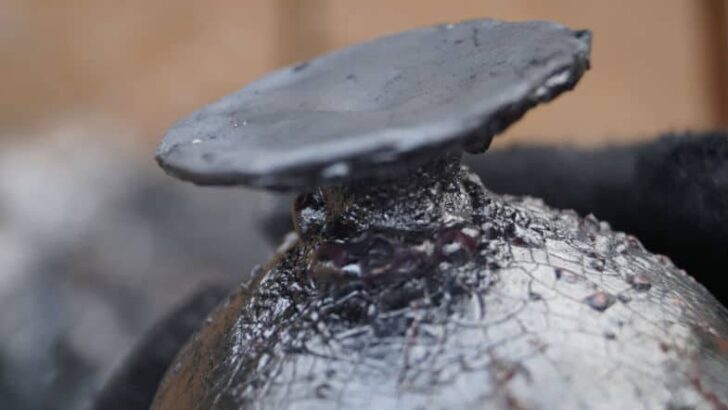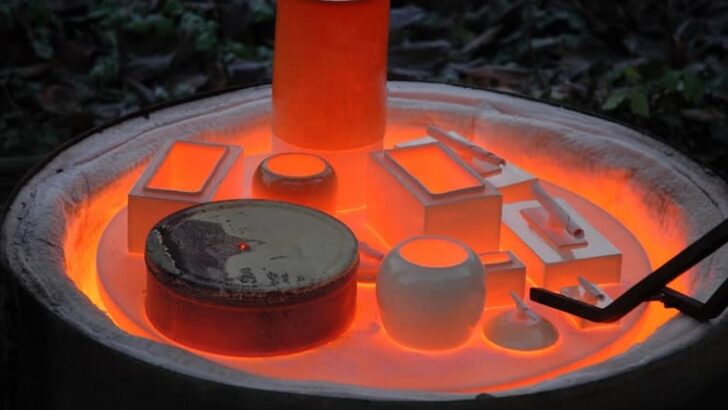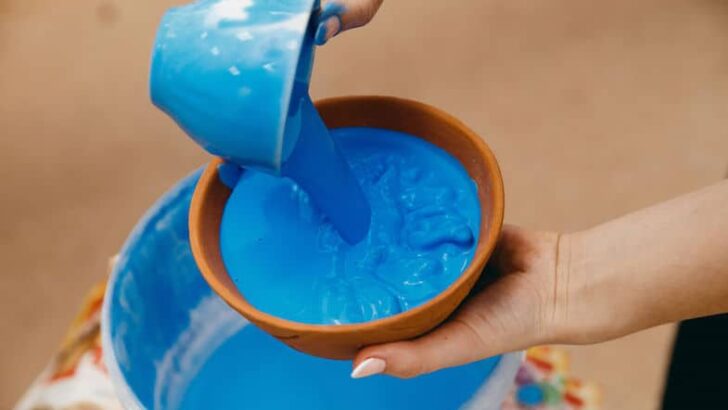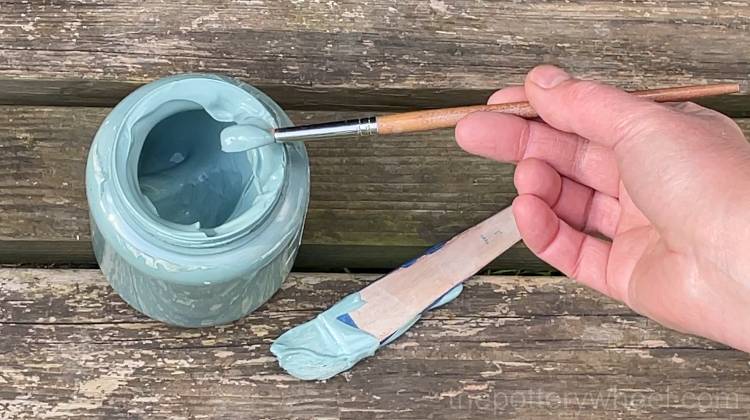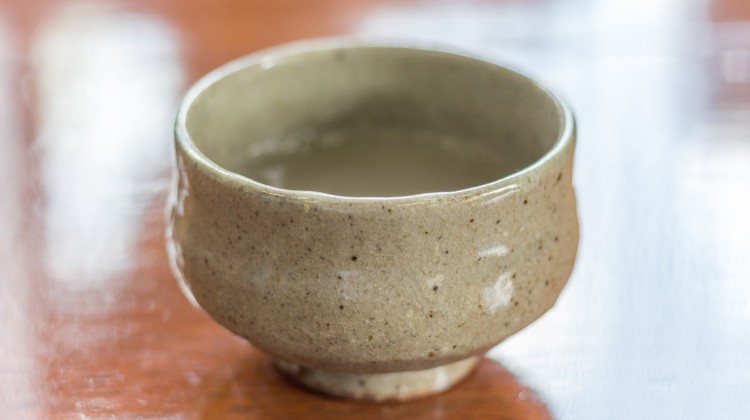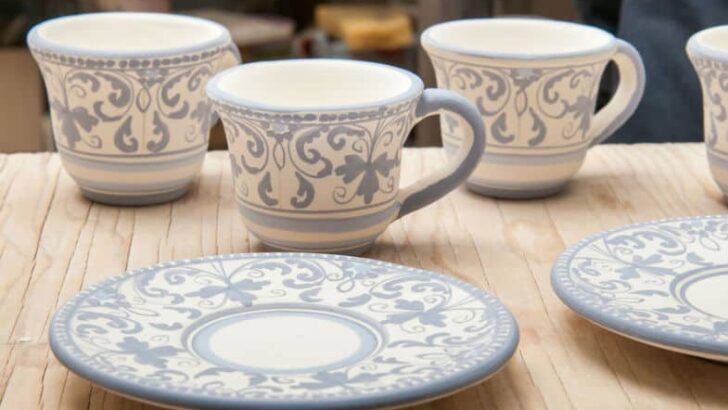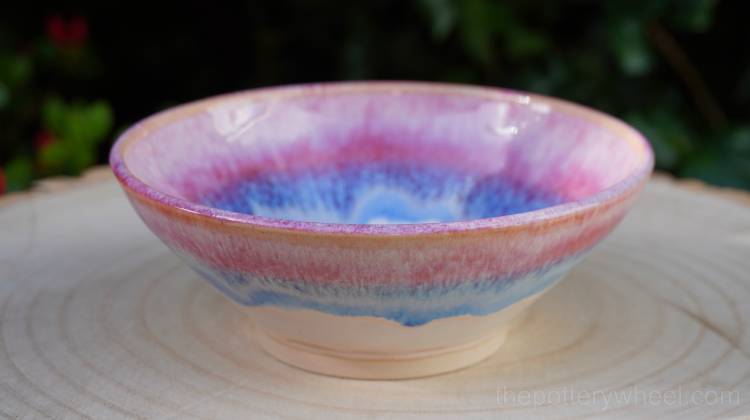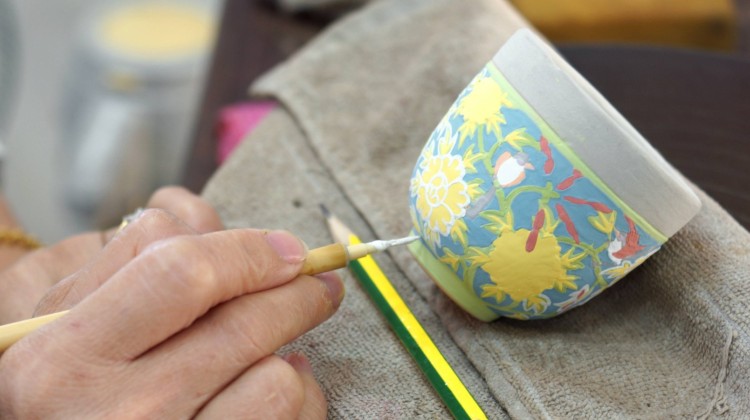Your cart is currently empty!
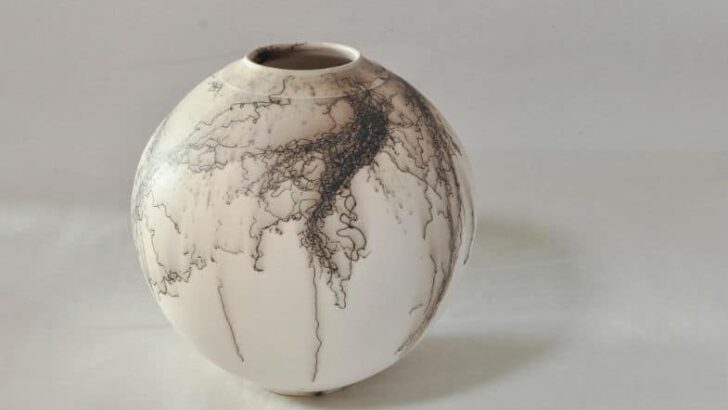
The Best Clay for Raku Pottery – Choosing a Raku Clay
When I started looking into raku firing, I was keen to avoid my pottery cracking as it cooled. I knew that it was common for potters to lose their work as it was taken from the raku kiln. So, I started to look into what might be the best clay for raku pottery, and this…

